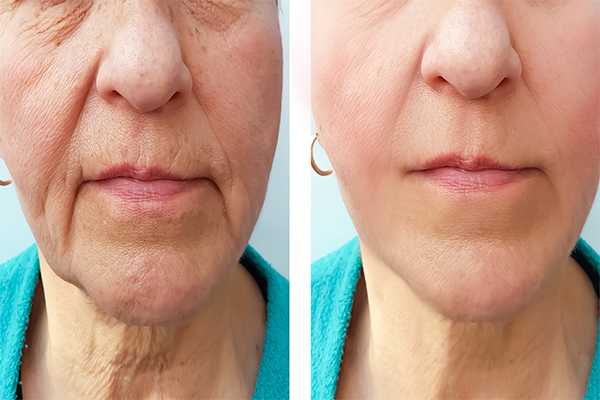Face Lift
What is Facelift?
A facelift is one of the most popular facial cosmetic surgery procedures. The main purpose of a facelift is to improve visible signs of an aging face and neck. Our team of surgeons can help patients regain their more youthful features in a safe and respectful environment.
Facts
TIME REQUIRED
2-6 hours
ANESTHESIA
Local Anesthesia
RECOVERY TIME
3-4 Weeks
SUCCESS RATE
Very High Success Rate
Benefits
- Tighten and Redefine Your Neck
- Lose those Jowls For Good!
- Tighten Up Sagging Skin.
- Get Rid of Deep Creases.
- Looking Amazing without Looking Operated On.
Preparing for FUE transplant
Preparing well for the surgery is essential for a successful hair transplant. Here is a list of things that you should avoid prior to surgery:
- Stop taking blood thinners at least two weeks prior to surgery.
- Quit smoking at least 15 to 20 days before your hair transplant.
- Stop alcohol consumption at least a week before your transplant is scheduled.
- Fill all your prescriptions (both painkillers and antibiotics) well in advance.
FAQ
Facelift surgery is individualized for each patient. The best candidates for facelift surgery have a face and neck line beginning to sag, but whose skin has elasticity and whose bone structure is well defined.
For a traditional facelift, an incision is made behind and slightly in front of ears and the skin of the face is lifted from the underlying tissues and muscle. The facial skin is then tightened and the excess removed before the incisions are closed. A bandage will be applied to the face at the completion of surgery.
Most women can use their hair to hide the scars. For women with short hair, it might be a good idea to allow your hair to grow slightly longer while the scars are still fresh. You also can meet with our esthetician to discuss special makeup that can camouflage the scars.
You may experience some temporary discomfort, particularly around the incisions, but this can be relieved with prescription medication.
You can expect some bruising and swelling after your facelift. Most of the swelling should fade within about a week, while the bruising may take two to three weeks to clear up. You may experience some headaches and numbness, itching and hair loss at the incision. Bandages applied after surgery are usually removed within a couple of days, and stitches may be removed within one to two weeks.
Normal activities, including work, can usually be resumed within 2 weeks.
Any strenuous exercise will need to be postponed for at least 4-6 weeks, and sun exposure will need to be limited for several months.



